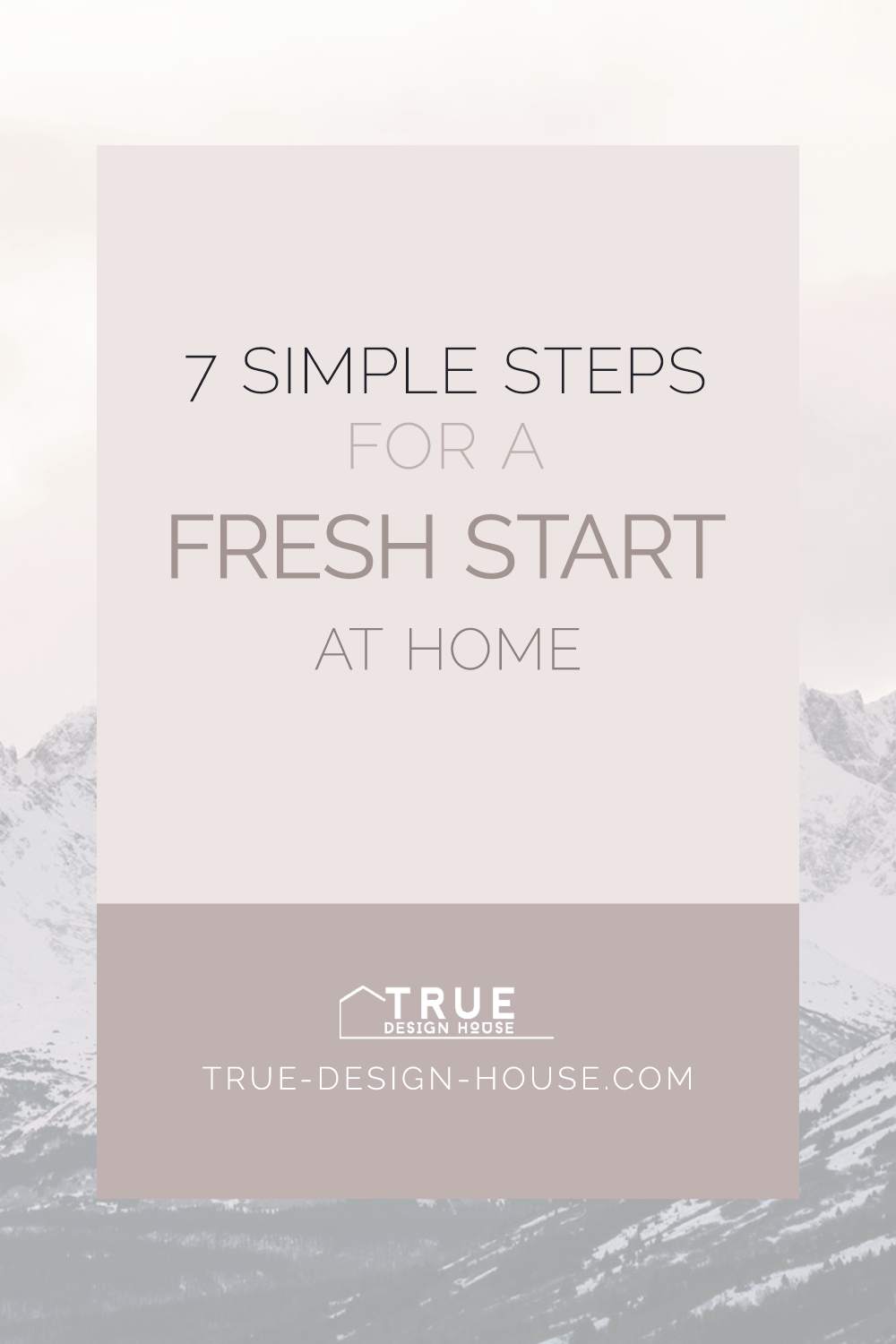Have you heard of Hygge yet?
Whether the answer is yes or no, let's settle in for a nice cozy little chat about my new favorite thing. Grab a hot drink and a thick, fluffy blanket and curl up in a chair. Light a candle or 12 if that's more your style. I'm so happy today to talk about Oxford Dictionary's 2016 word of the year finalist 'hygge'.
If you're one of my winter people in the Northern Hemisphere, savoring every extra minute of daylight we get this time of year, but slowly depleting your vitamin D (and, with it, easy joy & energy) as you wait for spring, you're going to feel just plain good after you even imagine your life with touches of hygge in it. Just please trust me on this.
Simply put, hygge is a mindset, a way of enjoying good things with good people.
It's about creating a warm atmosphere.
British journalist Helen Russell wrote “The Year of Living Danishly” and defines hygge as “taking pleasure in the presence of gentle, soothing things.” Warm, fresh from the oven buns, hot homemade coffee and thick warm blankets.
Louisa Thomsen Brits, the author of “The Book of Hygge: The Danish Art of Contentment, Comfort, and Connection,” talks about hygge as “a practical way of creating sanctuary in the middle of very real life” and “a cure for SAD”— seasonal affective disorder.
Wellness guide and cookbook, "How to Hygge: The Nordic Secrets to a Happy Life" written by Signe Johansen, says hygge also has something to do with simple, hearty food and drinks. Well if that doesn't sound like heaven in the middle of a very long, cold, dark season, I don't know what would.
Here's what some Danish folks have to say about this beautiful tradition that the rest of the world is slowly falling in love with.
Danish people are the happiest people in the world.
They are on to something beautiful that gets them through what can easily sink anyone's happy-ship: grey, endless winters. I think it's a concept that could bring nothing but good, happy, comfortable feelings to your home and your life, so I've put together a list of 15 of basic elements you can add to your living room to get a little hygge feeling going.
My Top 15 Hygge Basics for Your Living Room
1. Soft, natural throws and blankets.
2. Plush, oversized pillows in fabrics that are soft to the touch.
3. Warm, soft lighting. Dimmers, warm-toned bulbs. Twinkle fairy lights.
4. Candles. And a few more candles.
5. A roaring fire.
6. A tray for an eclectic mug and small plate collection for treats and snacks.
7. A few more blankets. Why not?
8. Fabrics in natural fibres and colors.
9. Good quality, sturdy, natural elements - baskets, boxes, furniture.
10. Bring a bit of nature inside - a few pine boughs, branches with red berries, a small bowl of stones.
11. A stack of great books to immerse yourself in.
12. A small collection of puzzles, board games or cards.
13. Music. Find something earthy and calming that makes you feel like you're in a chalet in the mountains.
14. Casual family photos of happy times.
15. A thick, plush rug.
I can't wait to see what kind of good vibes you can cultivate for yourself at home this winter! The mission of hygge is simple: relaxation, gratitude and indulgence in a beautiful intimate atmosphere.
Ready to love where you live?
Join 25 000 others for instant access to my library of free, practical, and down-to-earth interior design resources!








































































